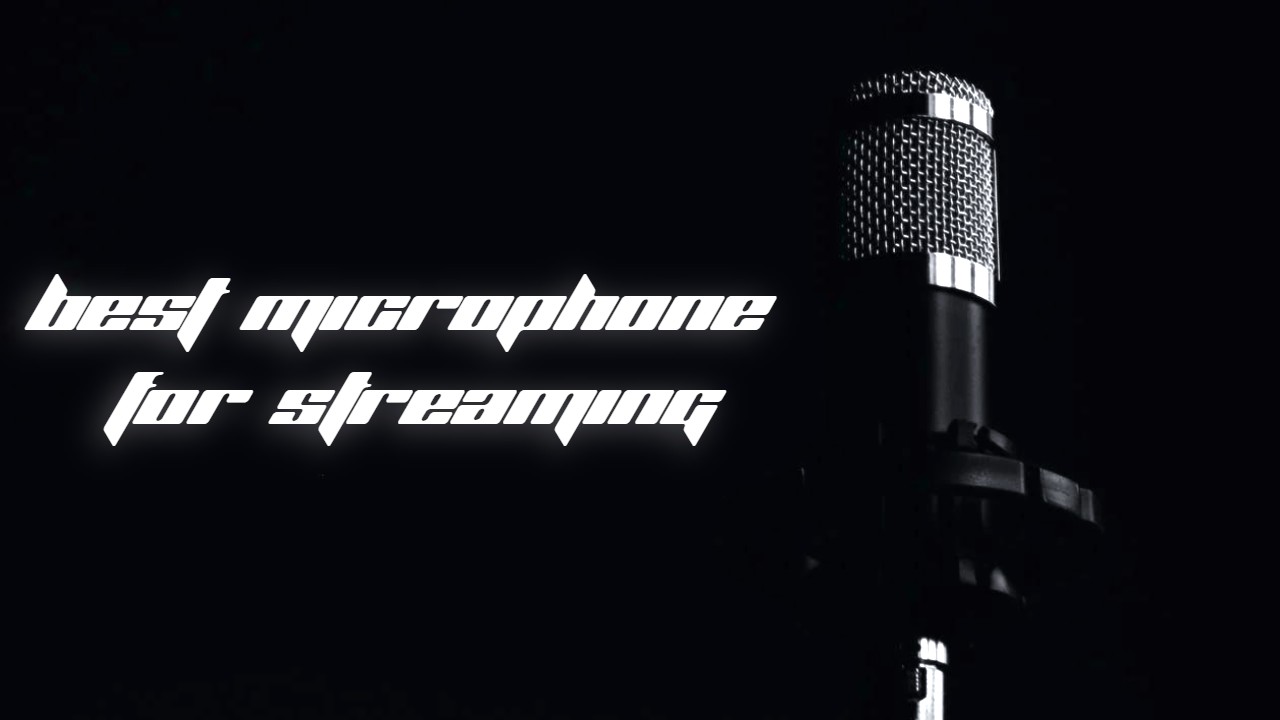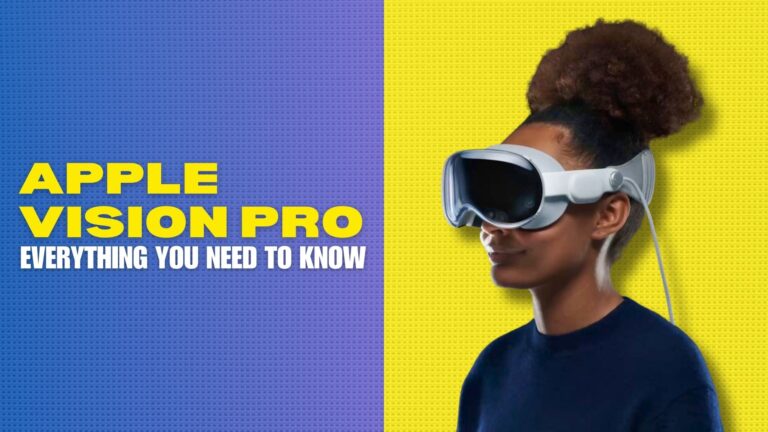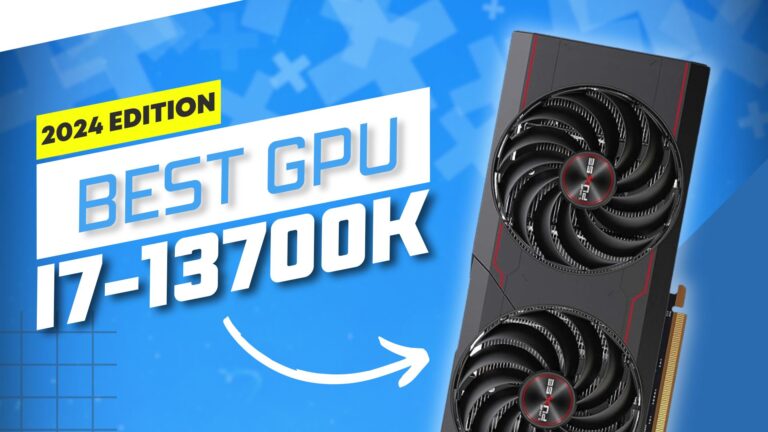Streaming microphones are becoming increasingly popular. Years ago, you could forgive yourself for listening to a live show with poor audio quality because it was common. After all, three cats were uploading videos to YouTube. Make an effort to do it today! You will be benevolent for the first few seconds, but after that… It’s perfectly normal! Your ear has grown accustomed to the quality that is already available on the market, so… What level of audio quality do you plan to provide to others?
Best Microphone for Streaming 2024
| BEST XLR MIC | BEST USB MIC | MICROGAMING |
| Rode Microphones NT1 KIT | Rhode NT-USB | Blue Microphones Yeti |
 |  |  |
| Condenser / XLR | Capacitor / USB | Capacitor / USB |
| Cardioid | Cardioid | variable (multi) |
| BUY NOW | BUY NOW | BUY NOW |
What is important when Buying a Microphone for Streaming?
Let’s get down to business. There is no impedance, only ohms and Mhz. Polar patterns, in any case. You will have other things to study in life, or you may already have, but this guide is designed to assist you, not to mess with numbers that not even the sellers specify later in their windows. It is preferable to concentrate on the following aspects when purchasing a microphone.
Type of Microphone
Condenser and dynamic microphones are the most common streaming microphones. Both produce excellent results in non-professional voiceovers, though condenser microphones with an XLR output and an audio interface have more potential. Because of this, the PRO option is almost always the latter. Below, we focus on the topic and show you a video to help you distinguish between the different types of microphones.
Microphone Connection
The most common connections in the Microphones of gamers, youtubers, podcasters and vocalists are these:
| Microphones with USB output | Microphones with XLR output |
 |  |
| Greater efficiency | Higher Quality |
| Amateur Favorite. More economical. average qualities. | Professionals Favorite. need interface. high qualities. |
Why do I need an audio interface if the microphone has an XLR connection?
Microphones with an XLR output require electricity to function. All audio interfaces have a 45 volt phantom power supply. It is, however, an investment, not an expense. You will stand out from the crowd if you use a good interface to maximize the potential of a good microphone. If all you need is an interface to connect your microphone, that’s fantastic! Because the Scarlett from Focusrite stands out from the crowd.
| Focusrite Scarlett Solo 3rd Gen, Audio Interface, USB, Red |
 |
| BUY HERE |
| The best-performing mic preamps ever in the scarlett range, now with selectable air to give your recordings a brighter, more open sound. One high headroom instrument input for connecting guitar or bass. High performance converters – record and mix up to 24bit/192khz. Two balanced hum-free outputs offer clean audio reproduction. With our easy start tool, getting started is now easier than ever. |
Audio signal path
✅ Wired Microphones: The signal is clear and effective, and it lasts for a long time. There is also no risk of signal loss or interference. As if that weren’t enough, the latency is extremely low, which gamers and professional streamers both appreciate. It is the preferred choice!
✅ Wireless microphones: Regardless of how advanced the technology is, there is always a reduction in signal quality and latency when using it without cable (audio delay). We only recommend wireless microphones to amateurs who value convenience over quality, or to those who require it because they would otherwise be unable to complete their task.
Recording pattern or polar patterns
The sound is picked up in a specific way depending on the recording pattern. Except for a few exceptions, most streaming microphones are cardioid.
Do you want to be the only one who hears you? Do you want me to record some background noise? Microphones with these polar patterns are the most common in streaming, gaming, and podcasting:
- Cardioid Microphone: they pick up the sound that comes from the front and a little from the sides. They’re great for oral communication and are used by tons of professional streamers, headset mic gamers, and podcasters.
- Supercardioid Microphone: it is a variation of the cardioids, since they capture a small portion of the sound that it picks up from the back. It does this by sacrificing several degrees of front signal pick-up, so it becomes more directional and the sides are more muted.
You can also find more patterns in professional microphones:
- Hypercardioid microphone: They are very directional and are often seen in the world of music, journalism, television, documentaries… Like supercardioids, they reject lateral sounds well, but they are even more sensitive in collecting signals from the rear.
- Bidirectional Microphone: They pick up sound from two opposite sides. Only used by professionals in circumstances and for very specific needs, such as interviews and streaming as a couple.
- Omnidirectional microphone: They pick up the sound in all directions equally. They’re great for capturing ambience and soundscapes, but they’re harder to fit into a streamer’s own activity.
Sound Latency
It’s the amount of time between when the signal is picked up and when it reaches the computer or music equipment. Many users find audio delay, no matter how minor, to be inconvenient. It’s almost exclusively a problem with wireless microphones and low-quality USB microphones.
- Gamers need to react fast in cooperative games and fast and effective communication is crucial. Precisely for this reason we opted for wired gaming headsets in this Headphones Guide, since wireless ones always result in high levels of latency (except for high-quality models.
- Streamers have the same drawback, although minimal audio delay is permissible for them if they don’t interact with other people. In any case, we have already warned you that there are more reasons to avoid the wireless connection.
IF YOU WANT ZERO OR IMPERCEPTIBLE LATENCY, RUN AWAY FROM WIRELESS MICROPHONES.
Noise Cancellation
Noise cancellation systems are extremely useful in streaming microphones. They enable you to achieve a clearer sound as well as some isolation from the acoustic imperfections of your transmission location. Noise cancellation can be divided into two categories:
- Passive: They are built into the microphone’s internal structure or design and are used to block high-frequency sounds or breathing. The classic little sponges that cover the microphone or the inclusion of an Antipop Filter are examples of passive noise cancellation in streaming microphones.
- Active: It is the most effective, technologically advanced, and, as a result, the most expensive. It’s difficult to explain without getting too technical, but knowing that it achieves noise cancellation by generating an inverse signal to the one it receives will help you understand. This results in much cleaner and clearer speech. As a result, microphones with active noise cancellation must include an extra element, so don’t trust very cheap microphones with active noise cancellation (it would smell of singe).
How to choose the type of Microphone for Streaming?
We’ll go over all of the differences between condenser and dynamic microphones and answer all of your questions so you can make an informed decision. Before that, we’ll go over the most popular models in each type of micro.
MOST POPULAR CONDENSER MICROPHONES
 | Neewer Professional Studio Condenser Microphone | BUY NOW |
 | XLR Condenser Microphone | BUY NOW |
 | Behringer C-1 Studio Condenser Microphone | BUY NOW |
MOST POPULAR DYNAMIC MICROPHONES
 | TONOR Dynamic Karaoke Microphone | BUY NOW |
 | Amazon Basics Dynamic Vocal Microphone | BUY NOW |
 | Stagg Professional Cardioid Dynamic Microphone | BUY NOW |
Dynamic vs Condenser Microphones: What’s the Difference in Sound Quality?
The condenser microphone is far more sensitive than the dynamic microphone and produces a warmer, more intimate sound. It’s ideal for rooms with controlled soundproofing. The audio is extremely realistic. Clearly, you’re a professional. It’s rich in nuance.
Because the dynamic microphone better blocks sound input from sources that aren’t close by, it’s usually preferred if the acoustic conditions of your speaking venue aren’t ideal. The sound is crystal clear, though it may sound canned and cold to some.
What type of microphone is more robust?
The terms “robustness” and “durability” are frequently used interchangeably. However, when it comes to microphones, we must consider fragility, specifically the fragility of condenser microphones. It’s critical that moisture and extreme temperatures don’t affect the electronic components. Furthermore, they are not as resistant to accidental sharp blows.
DYNAMIC MICROPHONES ARE MUCH LESS FRAGILE THAN CONDENSER MICROPHONES.
What type of microphone should I choose?
We summarize it for you in a simple way so that you can see it clearly.
| Choose a dynamic microphone if: | Choose a condenser microphone if: |
| You want the cheapest option. You value a robust microphone. You want a more radio, impactful and direct sound. You don’t have soundproofing in the recording room. It’s your first time as a streamer. You are a gamer and you prefer to broadcast with a headset. | You are a professional and you are looking for the highest quality sound. You want a warm, rich sound. You have good acoustic conditions in the recording room. You have a bigger budget. |
How Much Do Streaming Microphones Cost?
The cost of a streaming microphone varies greatly. The best microphone for you will be determined by how you approach your streaming project.
These three categories will assist you in determining price ranges based on the level of quality you desire and the importance you place on the outcome of your speech.
| Amateur Streaming Microphones | Professional Streaming Microphones | The best microphones on the market |
| It is not necessary to pay more than $70 to become an amateur fan of the stream in order to share games with friends, for pleasure, or to supplement any project without financial gain. Furthermore, it is a respectable whim. | If, on the other hand, you want to do it professionally or are already fed up with the mic you have that doesn’t provide the quality you require, you’ll find fantastic options for great performance and durability between $80 and $200. | The best microphones cost more than $250. However, those might not be for you. They are microphones designed for very specific purposes in the hands of certain professionals. Except in a few cases, the best in terms of effectiveness but not in terms of economic efficiency. |
Which streaming microphone is best if my budget is tight?
If you don’t have a big budget, there are factors that will easily make you save as much as possible without losing too much quality. A microphone is cheaper if:
- It is not wireless.
- It has a USB connection.
- It is dynamic.
With these three indicators, you can begin looking for a low-cost microphone for streaming without sacrificing too much quality. We’ll let you in on a little secret. It’s a well-kept secret that there’s a dynamic microphone that’s been a ten for decades. It never fails; it is the pinnacle of dependability. It’s the legendary Shure 58. It’s not that we recommend it; many people have done it for over 40 years and it’s still one of the best-selling products on the planet.
What is the best Microphone for Streaming if you are a Gamer?
Gamers have a unique trait: they can play while broadcasting on Twitch. This means that the focus is split between two goals: game performance and broadcast and content quality. As a result, despite the fact that headsets are not technically the best sounding devices, they are ideal for the player’s needs.
There’s also the option of separating the microphone from the audio to get the best sound quality, but when playing games, vibrations are common and can interfere with sound reception in table microphones (and the effect is even greater when it comes to good microphones). Condenser microphones, for example, have a high sensitivity. A microphone with a stand, and a stand if you still fear vibration, is the best option if you want enviable audio quality.
A HIGHLY DEMANDED MICROPHONE IN THE GAMING WORLD IS THE BLUE YETI FOR ITS MAGNIFICENT PERFORMANCE AND RELIABILITY.
| Blue Yeti USB Microphone |
 |
| BUY HERE |
| Custom Tri-Pod Array – Micro USB for clear, powerful broadcast-quality sound for YouTube, Twitch, podcasting, Zoom meetings, music recording and more. Blue VO!CE Software: Elevate your broadcasts and recordings with crystal-clear vocal sound and entertain your audience with enhanced effects, advanced modulation, and high-definition audio samples. Four pickup patterns: cardioid, omnidirectional, bidirectional and stereo allow you to record in ways that would normally require multiple microphones. For vocals, instruments and podcasts. Audio controls: headphone volume, pattern selection, instant mute, and mic gain let you control all recording and audio levels. Adjustable Design: Adjust the microphone to the sound source for proper sound quality with the adjustable tabletop stand and hear your voice in real time without delay. |
How to choose a Microphone for Podcast?
The best podcast microphones are the same as those used for radio broadcasts. Our first piece of advice is to stay away from cheap microphones because audio quality is crucial in this format.
A podcaster must choose his microphone technology based on the acoustic treatment of the room where he will record. Is it not soundproofed properly? Then a good dynamic microphone is a must.
If noise isn’t an issue and you want high-quality sound, a mid-range condenser microphone from the Rode brand is a good choice. Now, if you’re looking for something less expensive, we recommend… because of its versatility, component quality, and price.
| TONOR USB Microphone Kit |
 |
| BUY HERE |
| Plug and Play: With USB A to B cable, Q9 microphone is easy to connect with Mac and Windows computers, no additional driver software or sound card needed. It’s perfect for podcasting, music/video recording, live streaming, gaming, or online chatting. Note: This microphone is compatible with PS4, but not compatible with Xbox. Perfect Fidelity Sound: Equipped with a large 16mm diaphragm, wide frequency response (20Hz to 20kHz) and a professional sound chipset, the Q9 microphone provides a perfect combination of clarity, warmth, extended dynamic range and high SPL capability. . The cardioid condenser capsule allows the Q9 to capture pristine, accurate sound and cancel out surrounding noise, perfect for recording and communicating. User Friendly Design: With a convenient volume button, the Q9 recording microphone is much easier to use. In working state, short press to adjust the microphone volume level, long press 3 seconds to turn off the microphone. Durable Boom Stand: The Q9 microphone has a sturdy all-metal suspension scissor mount that extends vertically up to 700mm, giving you an excellent range of motion. Maximum desktop thickness: 45mm. Complete Microphone Set: Package includes condenser microphone, metal mount, adjustable suspension scissor arm stand, desk mount clamp, pop filter, microphone foam cover, 1.8m USB A to B cable and manual. All premium accessories are contained in one package, making the Q9 your safest choice! |
What type of microphone is best for live music?
Close-range dynamic microphones are excellent. Its low sensitivity can be useful when you want to keep another instrument from interfering, such as a drum kit.
Because of their high potential, condenser microphones have a flaw. If the acoustic conditions of the recording location aren’t right, having so much sensitivity can produce unwanted results.
Any of the condenser microphones listed above can be used to record live audio, such as voice and guitar. We can reliably pick up both sounds by placing the mic in the correct position. This is, of course, assuming you have adequate soundproofing.
Otherwise, a dynamic microphone is preferable. A safe bet that has been on the market for years and has never let you down. A microphone that will go down in audio history. The Shure 58.
| Shure SM58 |
 |
| BUY HERE |
| If you’ve ever heard someone sing or speak into a microphone live, it’s very likely it was an SM58. rock stars pop idols. Humorists. Presidents. Potatoes. Thousands of immortal words have passed through its characteristic grid for generations. And with a design and durability that have set the world standard, it will continue to be present at events that will remain in the memory. Frequency response is tuned for vocals, with bright mids and controlled low-end rolloff. Uniform cardioid polar pattern isolates the main sound source and minimizes ambient noise. Pneumatic anti-shock system reduces microphone handling noise. Effective built-in spherical pop and wind filter. |






